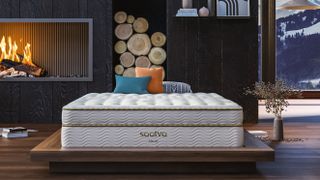
15 sustainable sales to shop this Earth Day, starting at $7
Earth Day is this Monday, April 22, so we put together a list of the best sales to celebrate. Here are our favorite plastic-free deals.
Upgrade your life with a daily dose of the biggest tech news, lifestyle hacks and our curated analysis. Be the first to know about cutting-edge gadgets and the hottest deals.,Upgrade your life with a daily dose of the biggest tech news, lifestyle hacks and our curated analysis. Be the first to know about cutting-edge gadgets and the hottest deals.

By Alix Blackburn published
There are many new movies lined up in 2024, but “Twisters” could top the charts when it comes to summer blockbusters. Here’s why it’s my most anticipated movie to watch in theaters.

By Brian Nadel published
The Asus RT-BE96U is the complete package with Wi-Fi 7 support, blazing fast speeds, excellent range, plenty of ports and built-in security.

By Christoph Schwaiger published
Udio combines a simple interface with enough customization to create some catchy tunes

By Claire Davies last updated
Simply the best mattresses to buy online, with test data and reviews written by certified sleep experts and mattress editors.